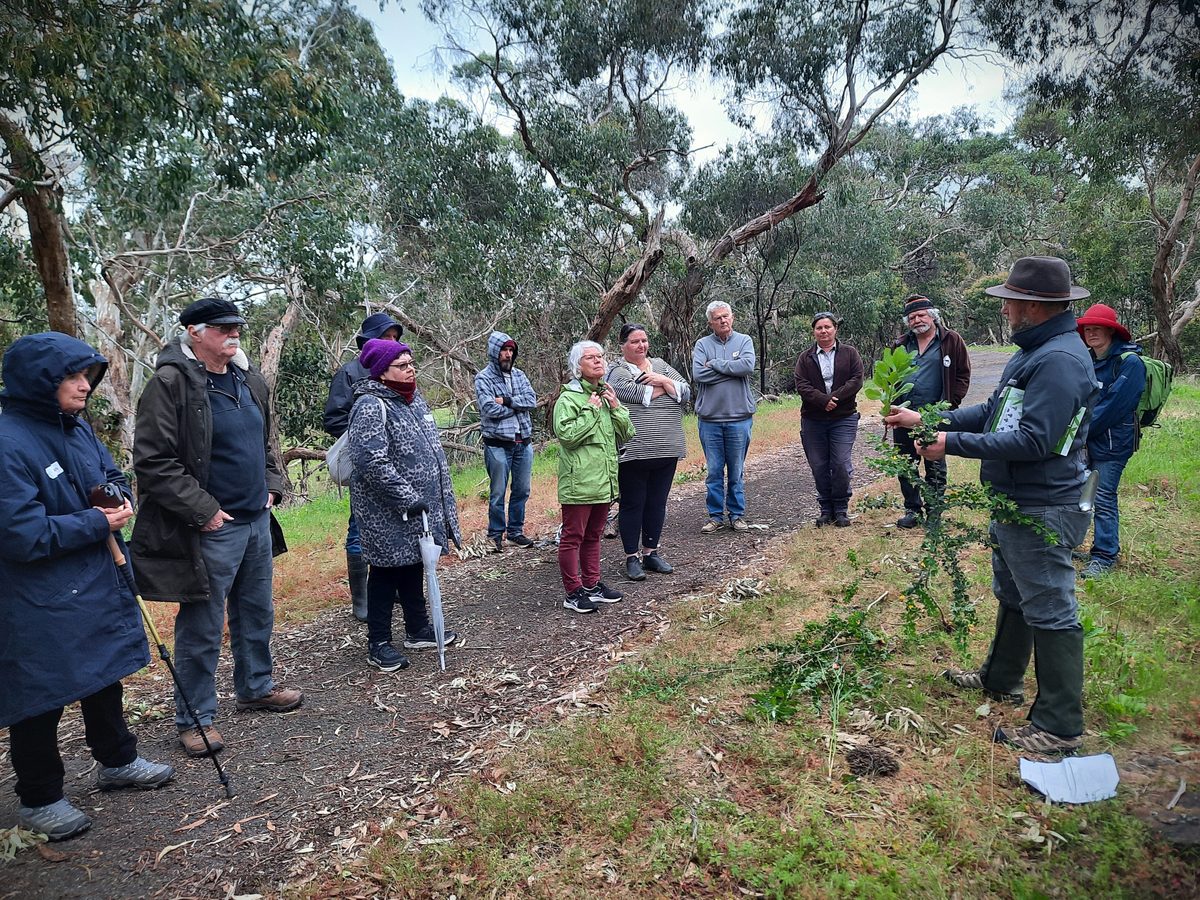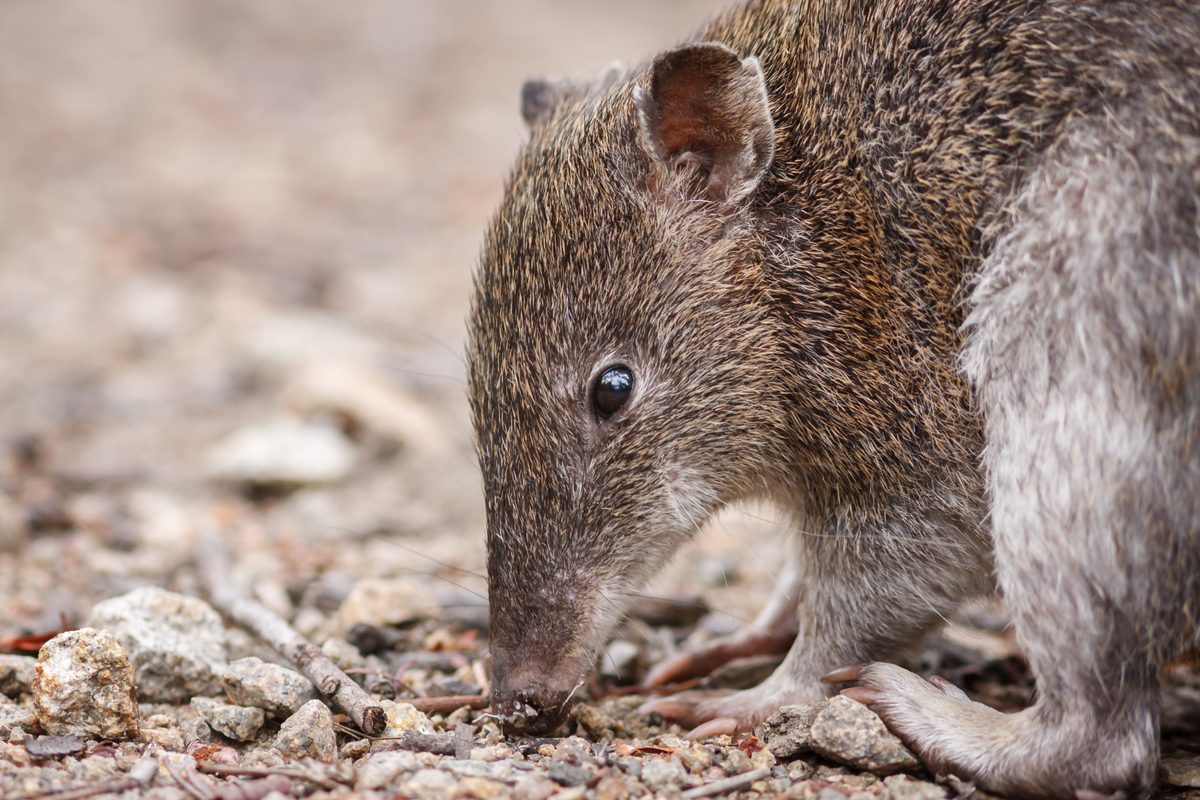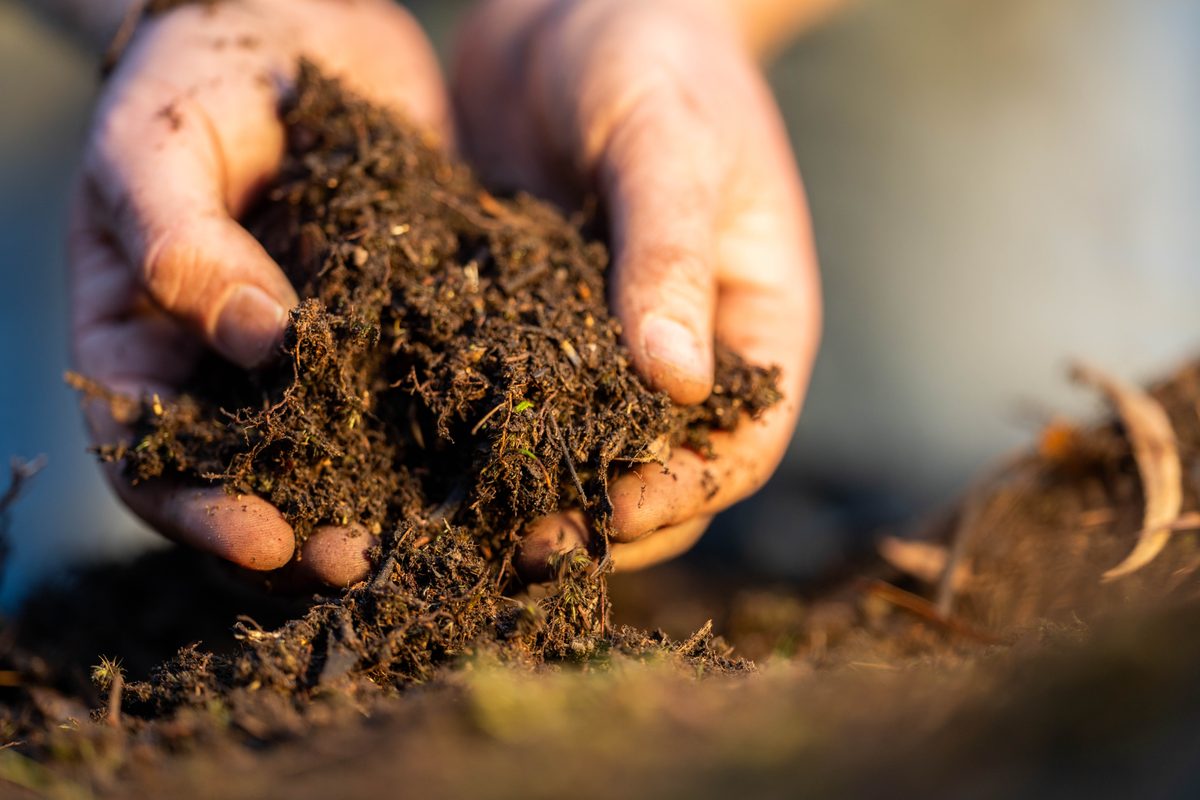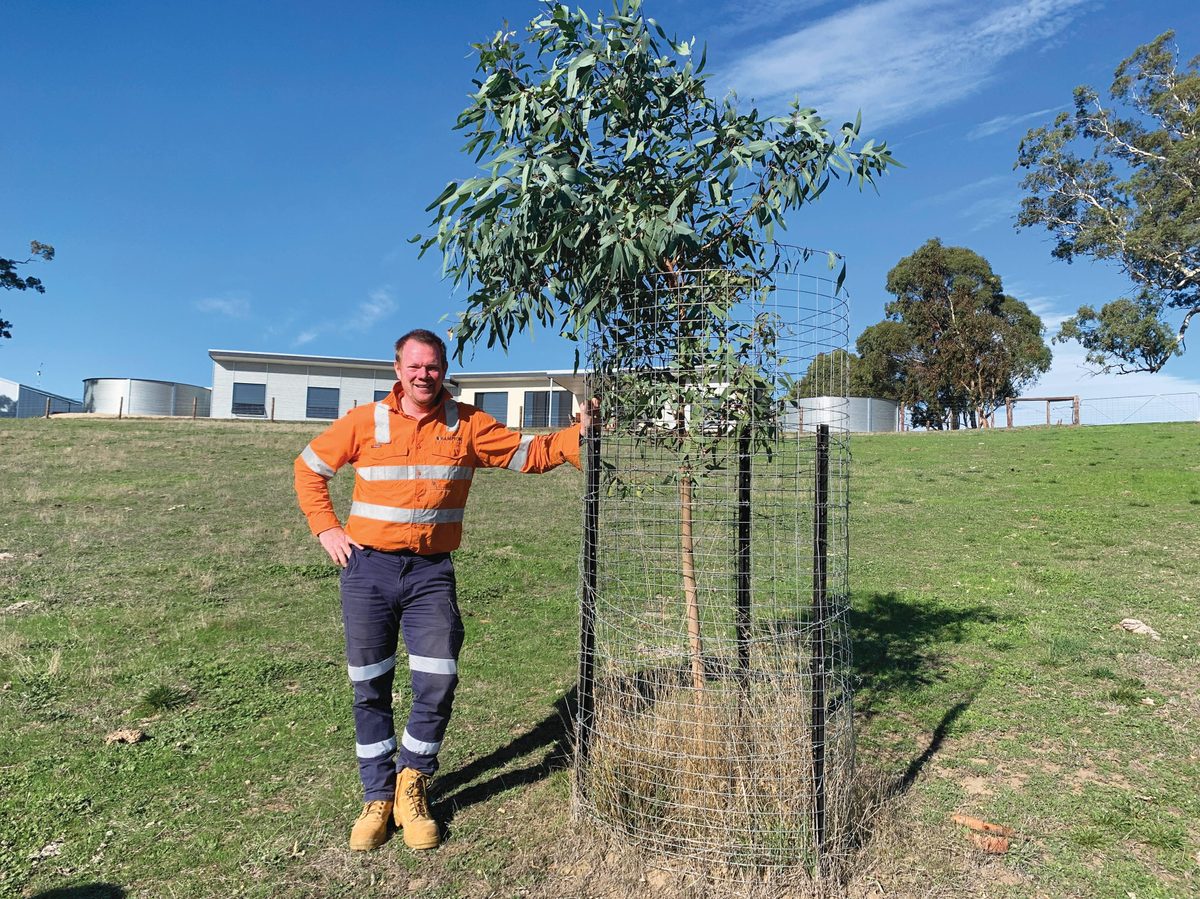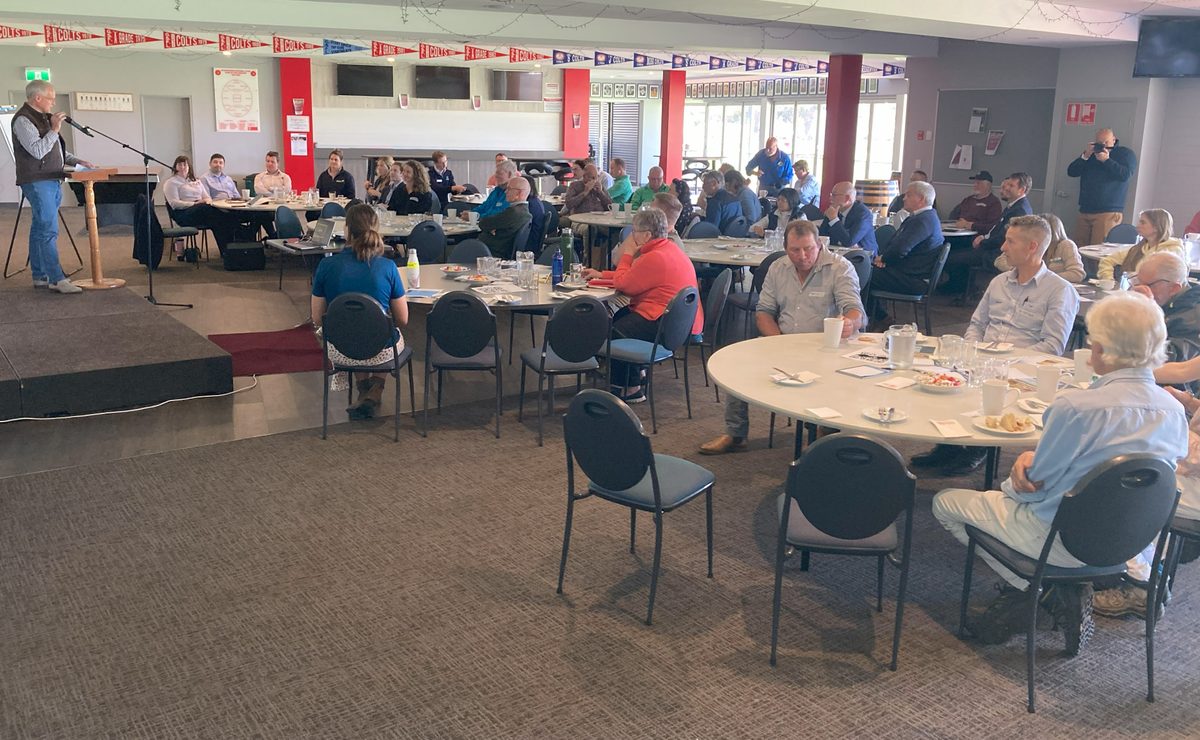Caring for bandicoots and their habitat
A recent Nature Festival event held at Nixon Skinner Conservation Park, Myponga, has equipped local land managers and property owners with valuable information to help protect and care for our nationally endangered southern brown bandicoots and their habitats.
Hosted by Landscapes Hills and Fleurieu, the Fleurieu Environment Centre and Friends of Nixon Skinner Conservation Park, participants learnt how to identify southern brown bandicoots and their diggings, how to protect bandicoot habitat from overgrazing, and how to manage weeds and feral animals in bandicoot habitat.
Southern brown bandicoots are the only species of bandicoot left in the Mount Lofty Ranges and Fleurieu Peninsula region. They are found from the Williamstown area, to the southern Fleurieu Peninsula, and play an important role in native ecosystems. Each bandicoot may turn over a staggering four tonnes of soil each year when digging for food. This action enhances soil microbiology and provides opportunities for many native plant species to germinate, leading to healthier landscapes.
Sam Sutherland, Biodiversity Project Officer at Landscapes Hills and Fleurieu, said that reports of recent sightings have been promising, and managing habitat on private property is vitally important to ensure their survival.
“Because bandicoots are vulnerable to extinction, protecting, improving and expanding their habitat will give them the best chance to bounce back to numbers that are more sustainable.
“Grazing pressure from kangaroos, deer, rabbits and goats can degrade critical habitat, and a lack of suitable habitat can leave them vulnerable to introduced predators like cats and foxes.”
Bandicoots can be found in both remnant native bush areas, and more urban or peri-urban areas, utilising both dense native vegetation and dense non-native vegetation as habitat.
“They need low, dense habitat, so if an area has vegetation that is at least knee high and you would struggle to walk through, it is likely perfect!
“There are certainly some simple things land managers can do to care for bandicoot habitat, and likewise help us track their whereabouts by logging sightings on the Bandicoot Superhighway Portal. These are very special little marsupials and we need to work together across the whole landscape to help them out,” said Sam.
Learn more about the Bandicoot Superhighway Project here.
What you can do to care for bandicoots and their habitat.
- Care for native vegetation and other bandicoot habitat on your property by fencing to exclude livestock, and controlling herbivores that lead to overgrazing such as rabbits, deer and overabundant kangaroos.
- Protect your native vegetation. Consider leaving a lasting legacy of protection of your native vegetation with a Heritage Agreement - bit.ly/3u0mHvS or call 8303 9777
- Undertake bandicoot-friendly pest animal control, such as keeping rat bait out of reach of bandicoots.
- Carefully control weeds within native vegetation to avoid off-target damage to native vegetation. Call Landscapes Hills and Fleurieu for advice on undertaking weed control in areas where bandicoots are relying on weed species as habitat – 8391 7500.
- Be a responsible pet owner by following local council by-laws, keeping pet cats indoors, and restricting your dog from accessing areas of bandicoot habitat.
- Plan revegetation projects to cater for the needs of the bandicoots by creating very dense habitat (e.g. using local native groundcovers, low shrubs, tussock grasses and sedges).
- If you see conical diggings with a single spoil pile or suspect you have bandicoots on your property, set up a wildlife camera and submit your sighting - bsh.org.au
The Bandicoot Superhighway project is a partnership between the Hills and Fleurieu Landscape Board, Sturt Upper Reaches Landcare Group, National Parks and Wildlife Service South Australia, Green Adelaide, University of Adelaide, Friends of Parks, Nature Conservation Society of SA and private landholders.
